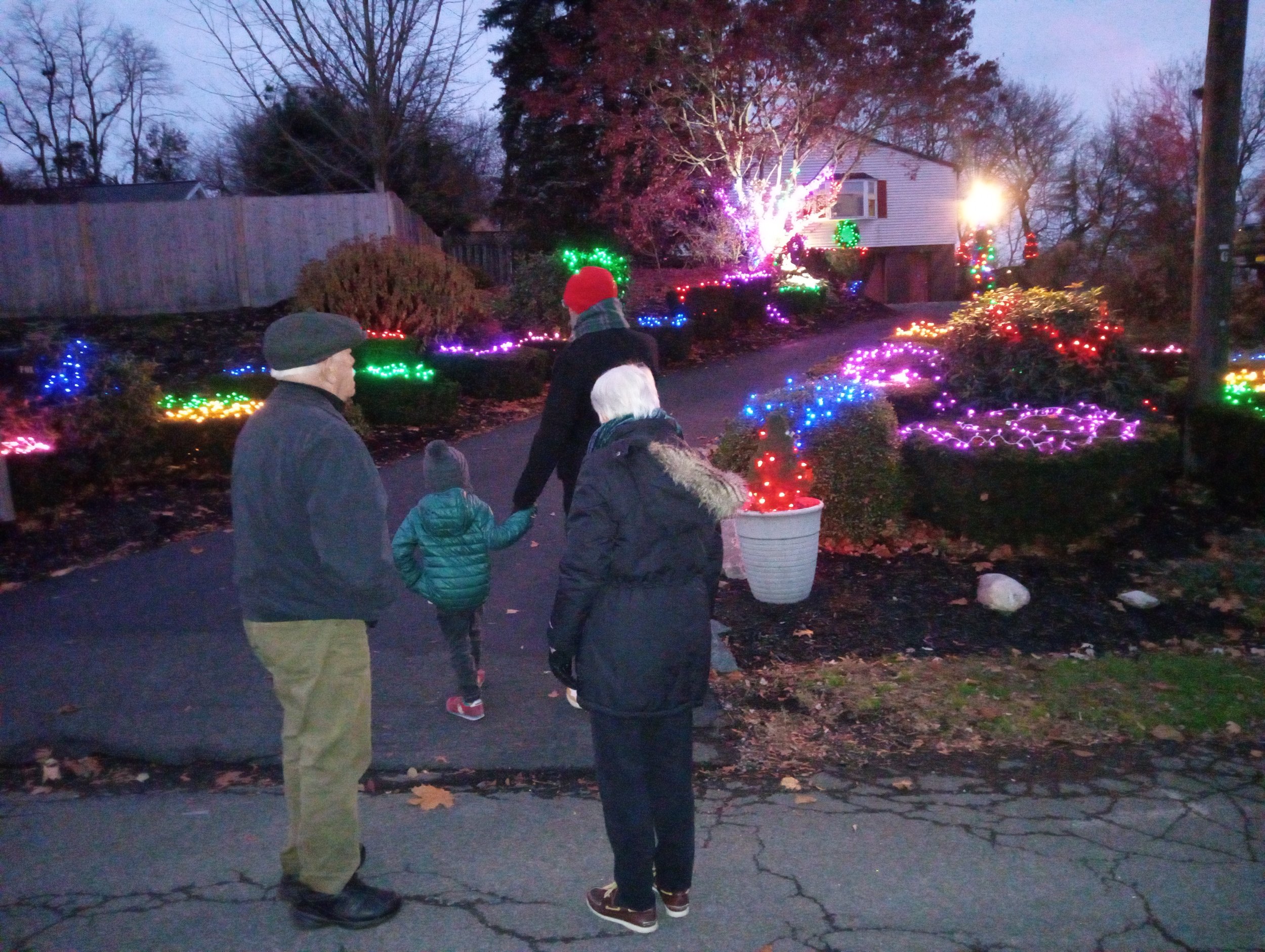What Can Love Is Blind Teach Us about Academic Writing?
So we’re entering holiday season, a time of year that I always find stressful. So, as I often do at this time of year, I turned to television to help me relax. In 2022, this meant binge-watching season three of Netflix’s Love is Blind. (Note, this post doesn’t contain spoilers.)
In case you have not seen it, Love is Blind is a reality show in which young single people meet without seeing each other. They spend ten days having dates in “pods,” otherwise known as small rooms, separated by walls. Participants can hear the person they are dating, but they can’t see them. If they are so moved (and many are), they can propose. If the other person accepts, they meet in person and then spend several weeks getting to know each other out in the real world before ending up at the alter at the end of the season. Then, before their friends and families, and in sparkling bridal gear, they decide whether they will say I do. The show bills itself as an “experiment” in which we, with the help of the participants, will determine if love is really blind!
Let me be clear that this is not a “good” show. (I promise you that I do watch some good shows, like Netflix’s Borgen, for example. Go watch that show instead of Love is Blind!). It is heteronormative (everyone is basically straight), sizest (everyone is basically thin), and very likely cruel to the participants (it’s pretty easy to imagine the producers plying contestants with alcohol and then pushing them to talk with the other contestant who they think is hotter than the person they ended up with. I’m looking at you, Cole.).
And, yet, I cannot look away. Neither could the 30 million people who watched the first season of the show during the two months after it was released.
So what does this have to do with academic writing? Well I’ve been thinking a lot about why I cannot stop watching this show, even though it’s the kind of show that I’m somewhat embarrassed to admit I watch on a public-facing blog. I’ve decided that, despite its many faults, I think there are three things that Love Is Blind does really well that can serve as good models for our scholarly writing.
First, it tells a really good story. As the couples move through the ten episodes (plus one always uncomfortable reunion episode) awkwardly meeting parents (except for the parents who refuse to participate in this drivel), going on intimate romantic dates (with camera crews), and bickering over the placement of towels and dirty socks in their shared apartments, it all leads to the wedding episode when viewers learn if these people will actually get married. And it’s pretty hard, even after just a couple of episodes, to not want to know the answer to this question. It keeps us (or at least me) watching.
Similarly, much of the most compelling scholarly writing tells a story. It doesn’t just present interesting findings, but it strings them together in a narrative form that holds readers’ attention throughout the work. Chapters do not just stand alone, but rather build on each other. As they do so they also help flesh out the book’s overarching argument. This makes the conclusion satisfying because it has transported readers to a place that is far from where they started. So think about narrative as you write and how you can keep readers’ attention. You likely don’t have a wedding lurking in your conclusion, but what do you have that readers will want to understand more deeply as they proceed through the book? Eric Hoyot’s The Elements of Academic Style has some really good ideas on how to accomplish this (see here for an overview of them).
Second, Love Is Blind centers around some very compelling questions, questions that clearly resonate with a lot of people. Is it possible to fall in love without seeing someone? How much do looks matter in relationships? Can you reasonably decide to marry someone in a month and might that relationship actually work? (Past seasons suggest there is indeed a slim chance that this is possible.) Even though we viewers know that much of the show is performative (when Brennon suggests to Alexa that he worries that she might just be pretending that she loves him, she doesn’t say much to dissuade his fears), we find these questions interesting and that helps keep us watching.
While most research is driven by questions, the best academic writing engages with compelling questions. If your work responds to questions that many people are interested in, more people will find your work engaging and will read your books. So as you reflect on your manuscripts, think about whether there are ways that you can expand your questions or shift their focus to appeal to a broader audience. For example, my own work asked how Mauritanian Haratine (ex-slave or slave descendant) women were making meaningful lives in the country that most recently abolished slavery. That is not a bad question, but it is probably mostly interesting to people who are already interested in Mauritania or maybe West Africa. If I were my own editor today, I’d urge me to think about how I could keep this question central to my book, but perhaps also zoom out to think about what this study suggested about marginalized people in general and strategies they might employ to overcome inequality. That focus would draw in more readers and then a compelling story would help to keep them there.
Third, Love Is Blind gives viewers the illusion that it lets you into people’s most intimate lives. (Shout out to the shows’ editors who do a masterful job of piecing together key moments of dialogue to craft this illusion. Editors are powerful!) As we watch career-focused Raven’s eyes widen in horror when her potential mother-in-law suggests that she should always have food (preferably stew) in the house for her husband or Colleen cringe when Matt dissolves into a rage-laced temper tantrum because she had the audacity to speak with another (attractive) man, we feel like we are witnessing aspects of others’ lives that we normally do not. Even though we know it is an illusion, we feel like we know these people and feel invested in their happiness and futures in a way that keeps us watching.
Likewise, the best academic writing lets readers into something that they normally wouldn’t have access to. And it doesn’t do it in a superficial way. It takes you in deep and introduces you to people or historical moments or objects in a way that you could never do on your own. It brings its subject matter to life. In doing so, it makes you care. Unlike Love Is Blind, academic writing can do this in a way that is honest and true and leaves readers understanding the world more than they did when they first picked up the book or article. Doing so requires employing thick description, vivid details, and coherent explanations. Helen Sword’s Stylish Academic Writing is a good place to start for guidance on how to accomplish this (see here for an overview of her main points).
So, my friends, Love Is Blind is not a total waste of time. It does some things well and I hope that your own writing can do the same. And if you feel compelled to watch it or other equally reprehensible shows this holiday season, now you know that you can say you are engaging in a research activity to improve your writing!
[And if you’d like to work on writing with others, please consider joining one of my scholarly writing groups. These are great for those of you who want to commit to being productive writers, who enjoy writing with others, or who are looking to grow your scholarly connections. Sign up and learn more here!]
*****
Like this blog post? Subscribe to my blog below for updates on posts about writing, editing, and scholarly life.






























